If sophistication and charm are key ingredients sought of a new destination, then look no further, as the Argentinian capital provides these - plus more. Here are five reasons to visit Buenos Aires.
Parisian Flair
You could be forgiven for mistaking your destination of Buenos Aires with Paris: wide avenues fringed by elegant gardens separate tall proportionate white-classical apartment blocks all bedecked with contrasting black iron verandas. Underneath - at street level - are chic cafés displaying baked goods of the day. It is no surprise that the two cities emit a synonymous ambiance, as prominent Parisian architects were heavily consulted during the design phase of Buenos Aires. Despite the popular cliché derived primarily from architectural perspectives however, both cities are inherently unique. Buenos Aires is fundamentally South American, with an electric Latin vibe coursing through its streets. That being said, as a result of early 20th century immigration, there is a distinct European style that causes it to stand out from its South American counterparts.
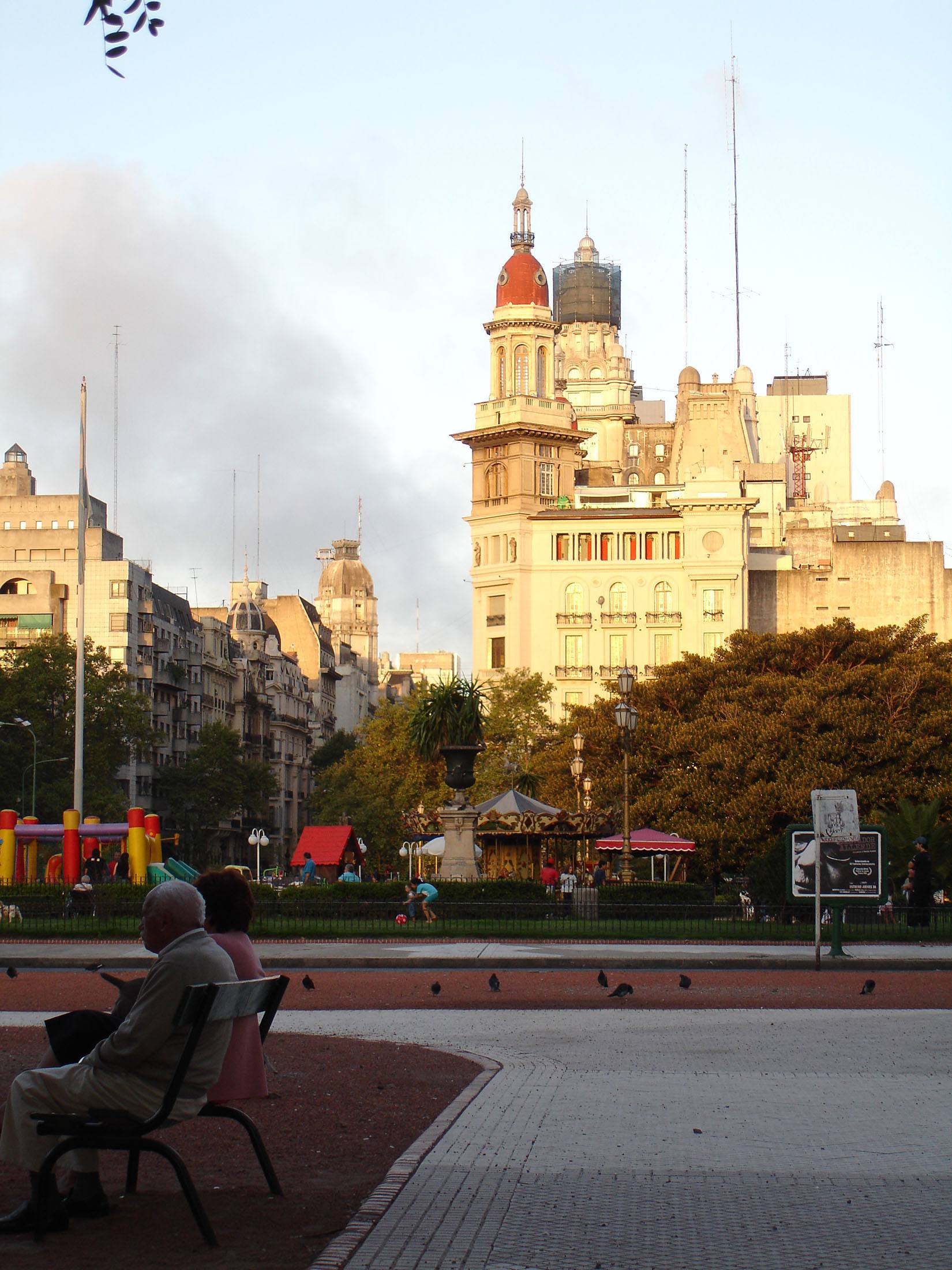
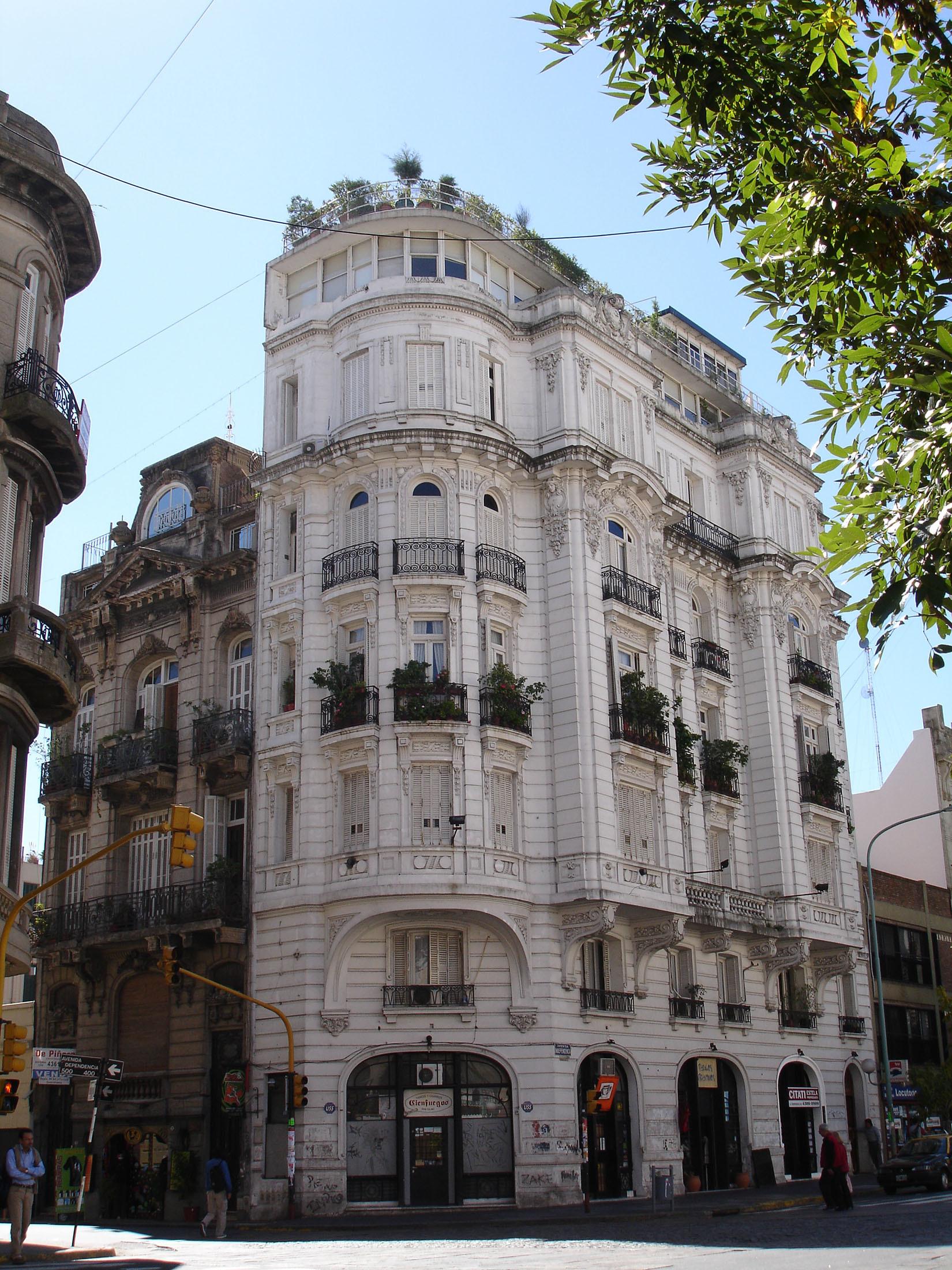
Deliciously Enormous Fare
In Buenos Aires, size has become a determining factor when grading restaurant food, particularly steak: grilled on Buenos Aires’s many parrillas, each respective steak has a surface area capable of consuming the entirety of a round plate, pushing sides altogether to a separate surface. Following the introduction of cattle in the 16th century, Argentina’s status as an international beef superstar gradually rose, to a point in which it is now ranked as the world’s third largest exporter of the meat. With good quality feed, open spaces and a great climate, the cattle have thrived. As such, the city has developed an aspirational carnivorous flare brimming with fillets guaranteed to induce salivation in any meat lover: chunky, tender, and oozing with juice. Identifying the origin of each cut can be confusing though, so ensure expert advice is sought before diving head first into a plate overhanging with Argentinian steak (see Sally's Place for a detailed explanation of cuts with translations). Although Argentinian fare is diverse to the concoctions produced in a French kitchen, it is not necessarily any less delicious. Loosening one’s belt will certainly be requisite after sampling a plate of Argentina’s finest; it was for me - at least two notches.


Dances in the Street - Argentine Tango
There are simply few dance equivalents as evocative of romance and seduction as the Argentine Tango: as her hands rested tenuously on his lower hips, a subtle blend of synchronised and complex moves ensued. Intimacy swept across the audience and into the air as the dancers translated, through their rhythmic bodies, the romanticised Argentinian notion of raw human sensuality. Set to a rhythmic beat, the artists - who were dressed in black - through their bodies, moves and faces, connected skilfully to the audience. Swept away by the expression of allurement plastered across their faces, I was momentarily transported to a working-class Argentinian salon of the mid-20th century. It was here that milongas – or dance parties - were held, to celebrate life and love. Witnessing pop-up tango dances while traipsing the streets of Buenos Aires is but one of the quintessential delights, adopted from European culture, you can expect to encounter when visiting.
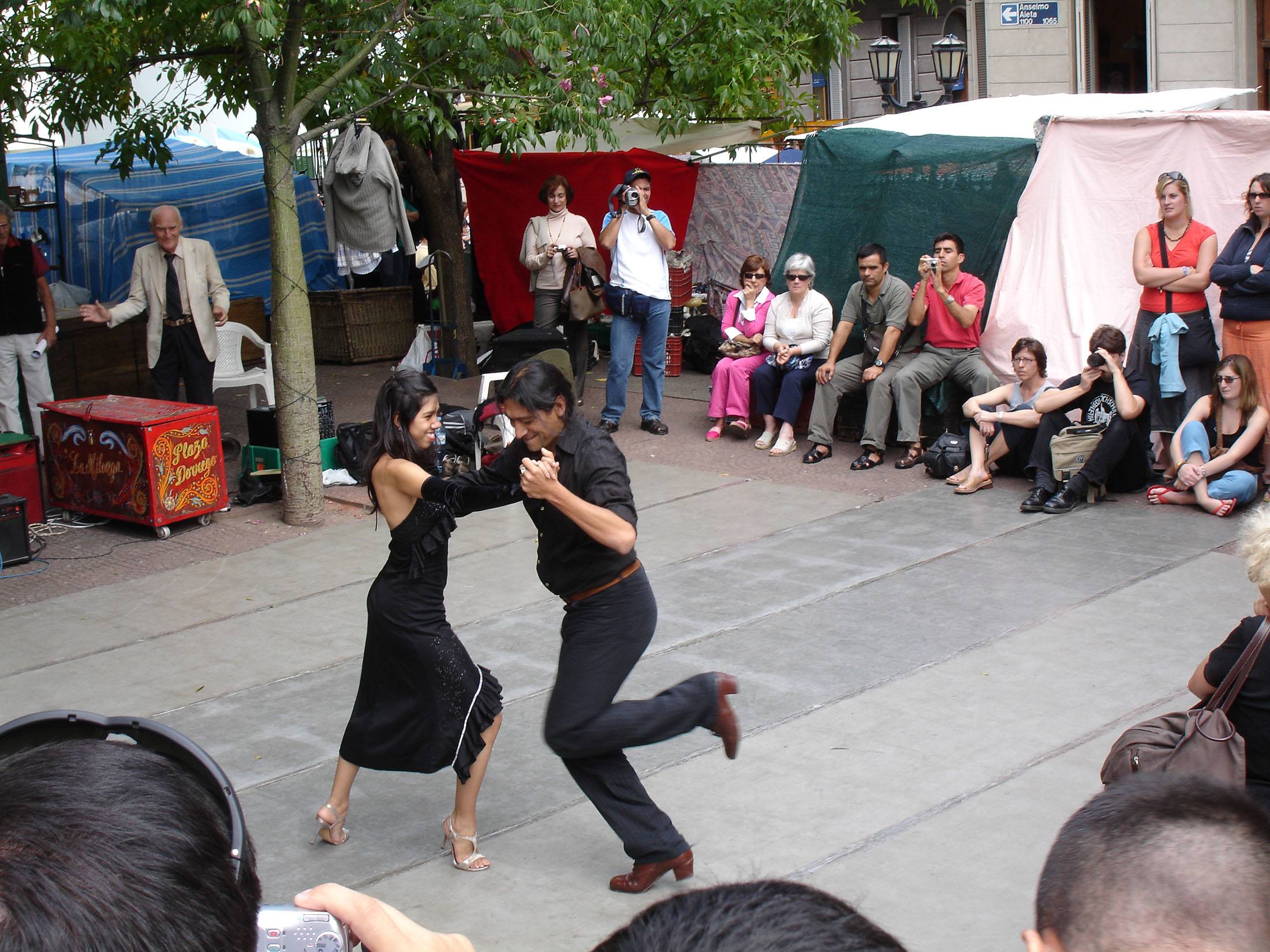
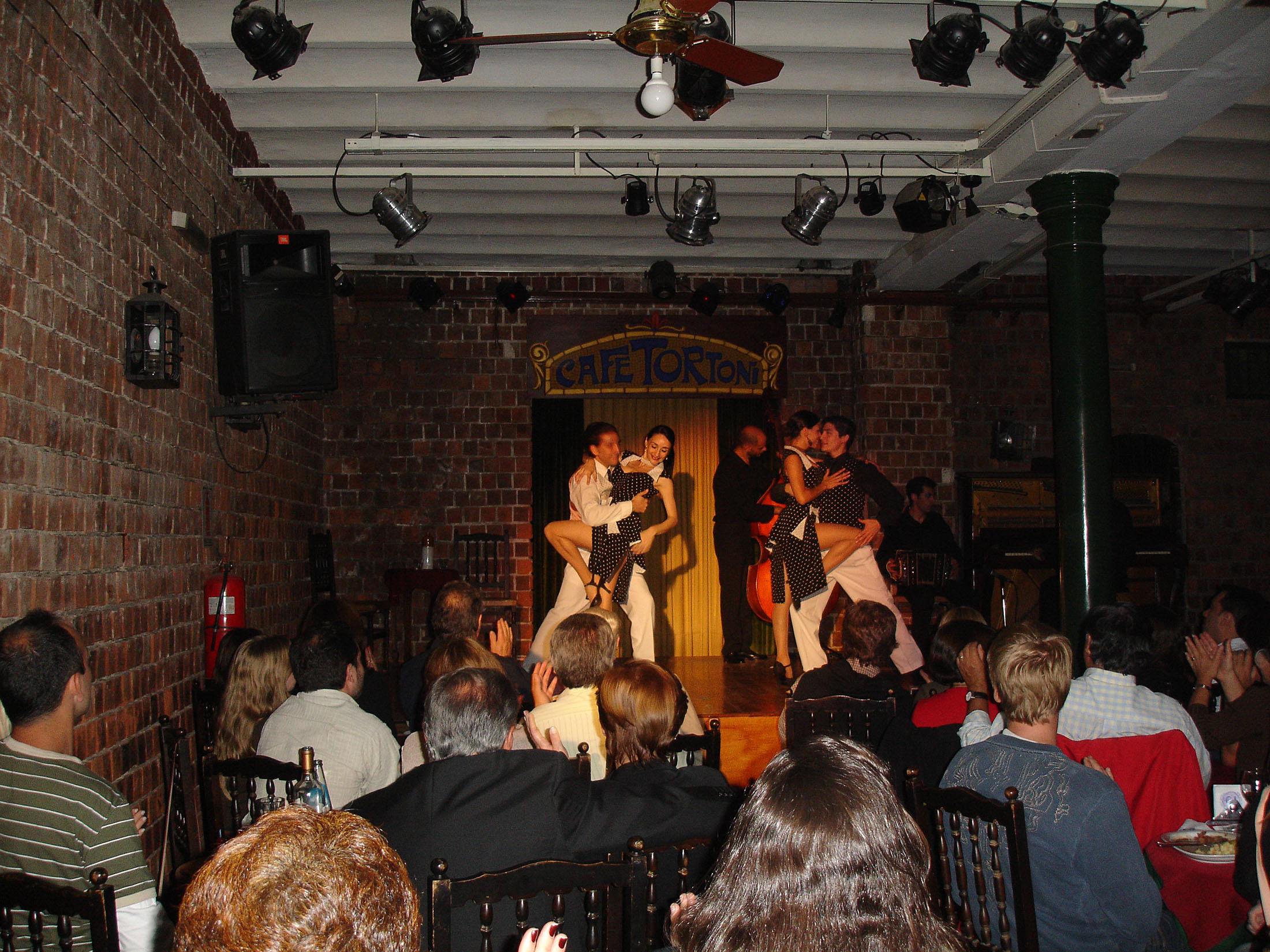
Learning to tango while in Buenos Aires is a bucket list item for many travellers and tourists alike. Visit Gringo in Buenos Aires's website for comprehensive details regarding schools and where to see live shows.
Prominent History - Evita
Affectionately known as Evita, Maria Eva Peron partly left her mark in Argentina’s history books as the First Lady of President Peron. Eternally in the consciousness of Argentinians following her death in the mid-20th century, Peron’s earlier status saw her grow internationally by means of advocacy for women and the working-class descamisados. The words “don’t cry for me Argentina”, cleverly coined by writer Tim Rice, accurately depict the immensity of the influence her work and spiritual leadership had on the people of her beloved Argentina. The impact of both her work and death can be equated to only that of her modern counterpart, Lady Diana - Princess of Wales - whose death saw the world enter a period of mourning. Evita’s legacy will not fade as the city and country evolve. Her aspiration of relaying the “hopes and dreams of the people to the president” is a constant reminder of the selflessness she displayed during her political life, and the persuasion she employed in making those hopes and dreams a reality. She was one of history’s greatest women. As such, paying respect at her grave in Recoleta and visiting the Casa Rosada – the Pink Palace – where she energised adoring crowds, are a must when visiting Buenos Aires.
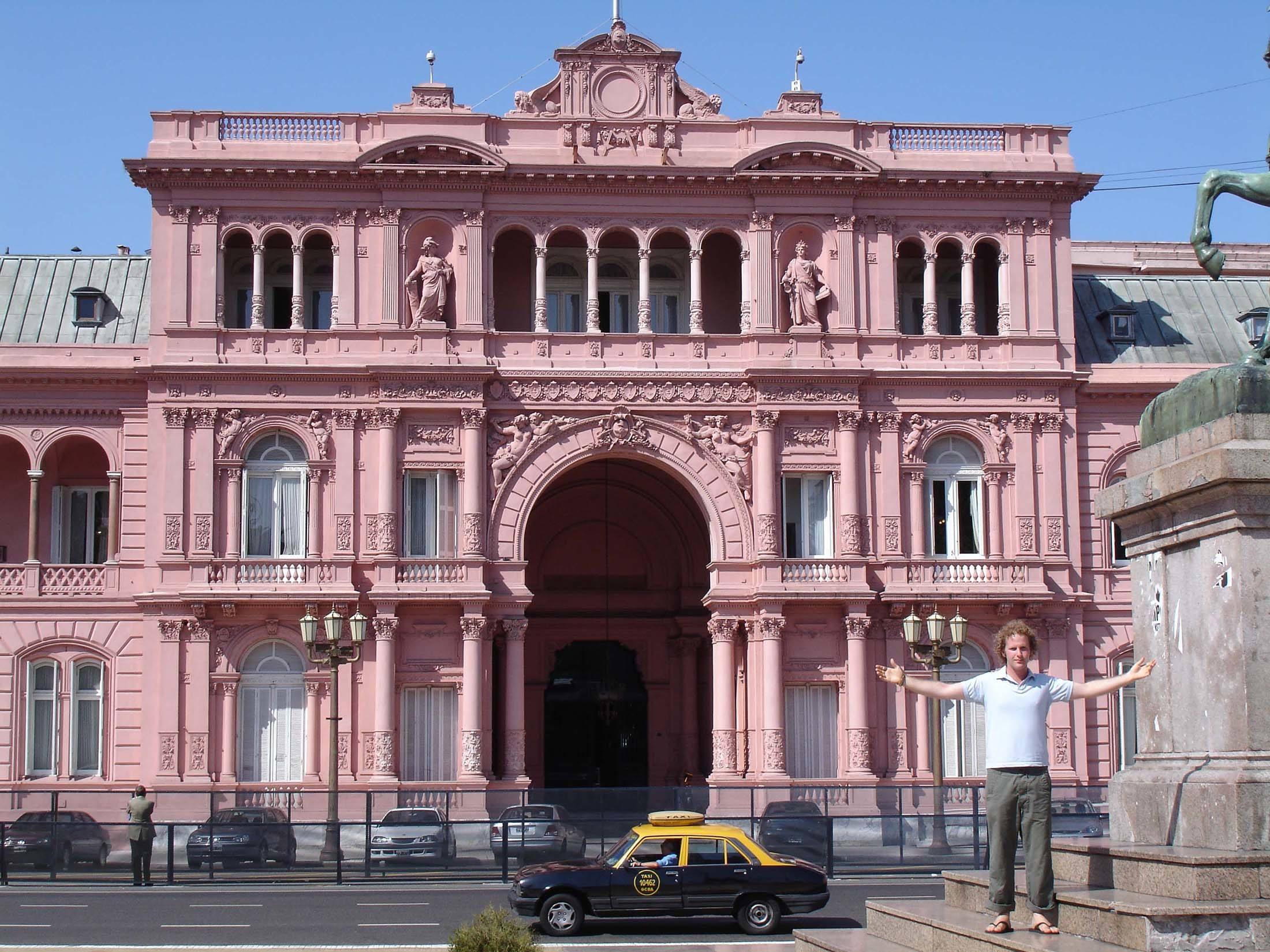
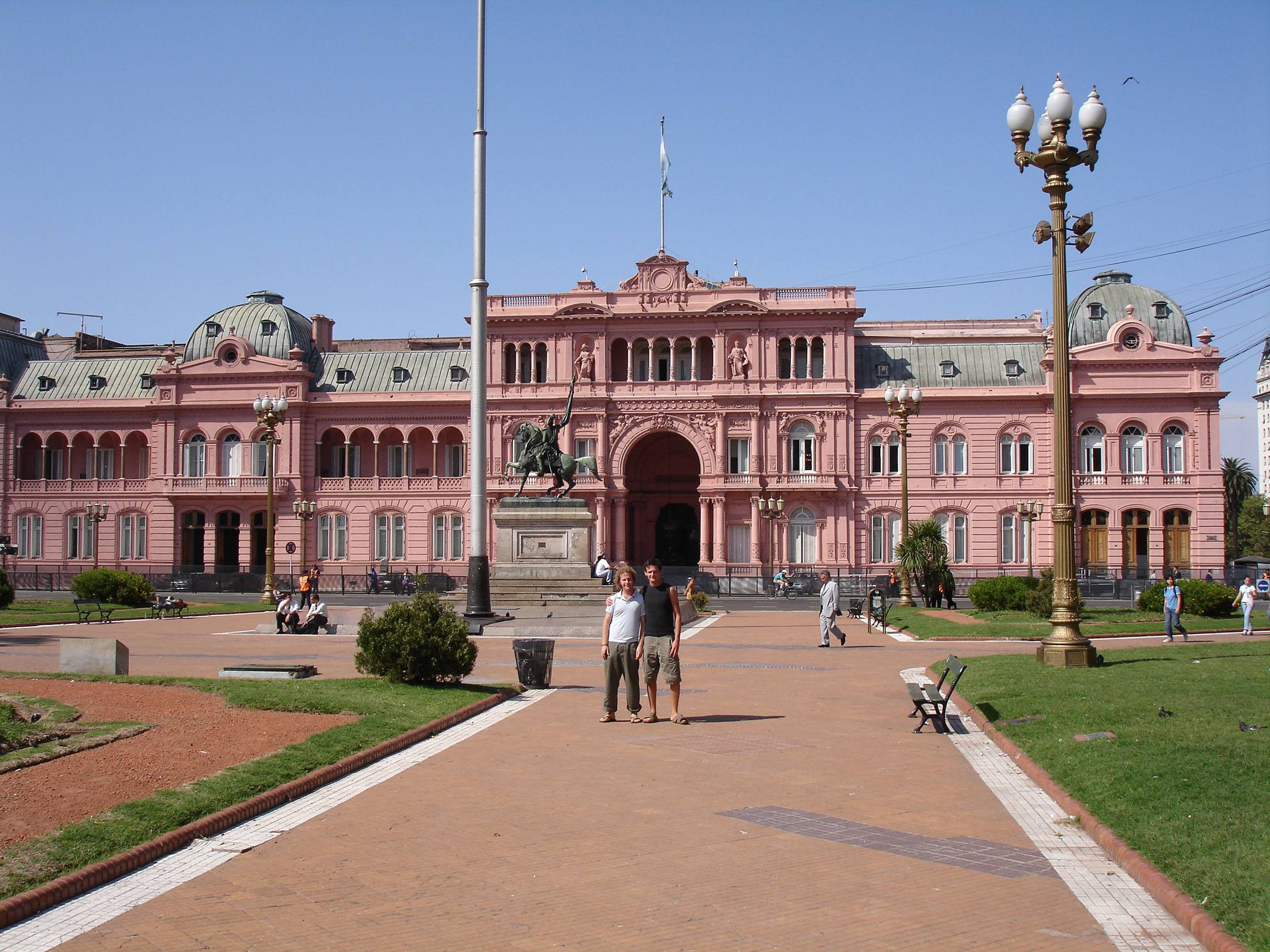
Vibrant Suburbs - La Boca
A haphazard patchwork of vibrant primary and secondary coloured panels can be seen decorating the houses in Buenos Aires’ famous suburb - La Boca. Located near ‘the mouth’ of the Matanza-Riachuelo River, debate arises as to the origins of its name: there is a striking resemblance to a northern Italian suburb, and la boca in Italian translates as ‘the mouth’.


Regardless, visiting La Boca in the south east of Buenos Aires gives rise to a sense of conviviality few other city sights educe. Created with a central caminito (pedestrian walkway), walking through the suburb permits pedestrians an opportunity to appreciate the solar-cum-energetic colour scheme, observe pop-up tango demonstrations and sort through knickknacks at market stalls. My day spent in La Boca was enhanced by intermittent café jaunts for vital replenishment. If nothing else, it emits a sense of Europe unobtainable in other parts of the continent.
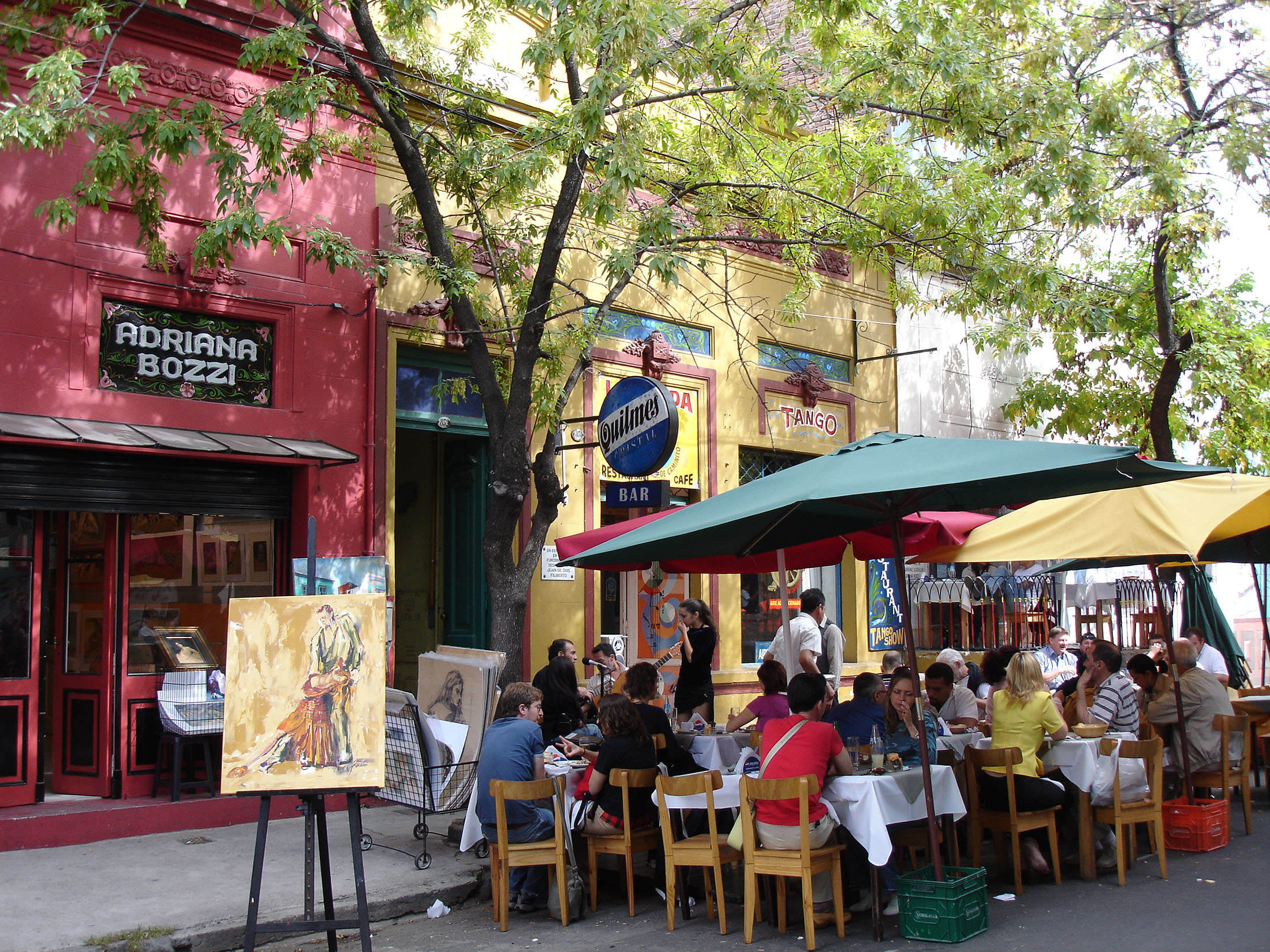
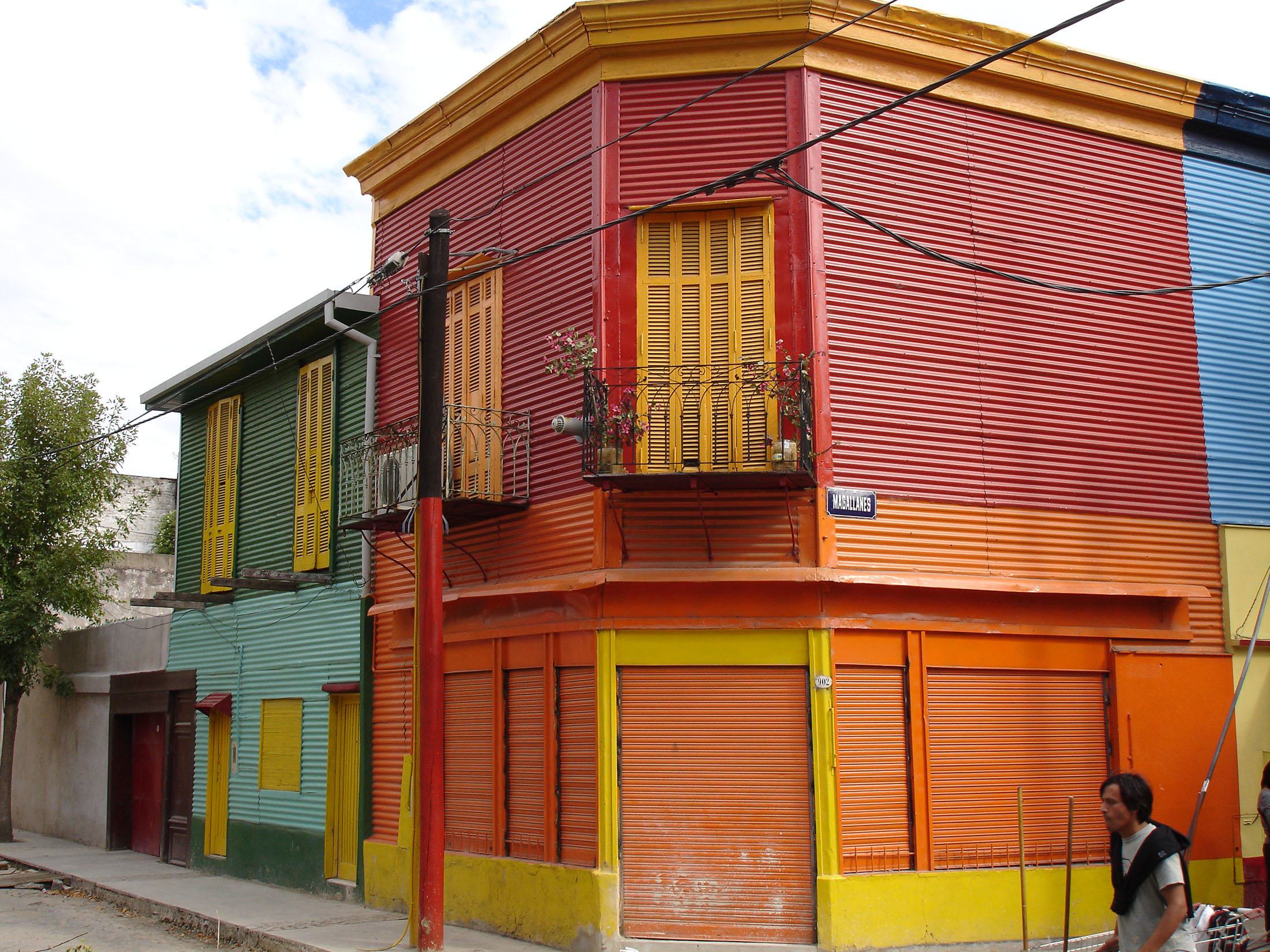
Why I Love Buenos Aires
Immersing yourself in all that this multidimensional city has to offer creates a hankering for more. Each layer I unveiled revealed a new and diverse face to Buenos Aires; it fed my curiosity and left me wanting to stay. Buenos Aires is the perfect cocktail of European style and Latin culture. It catered suitably to my eclectic taste in lifestyle, food, art and history, and taught me that a city can be more than its tangible, manmade elements.
Further Information
Getting to Buenos Aires - TRANSPORTATION
Staying in Buenos Aires - ACCOMMODATION
Spending in Buenos Aires - CURRENCY
Many of the photos displayed on this page are courtesy of Ben Davies.


